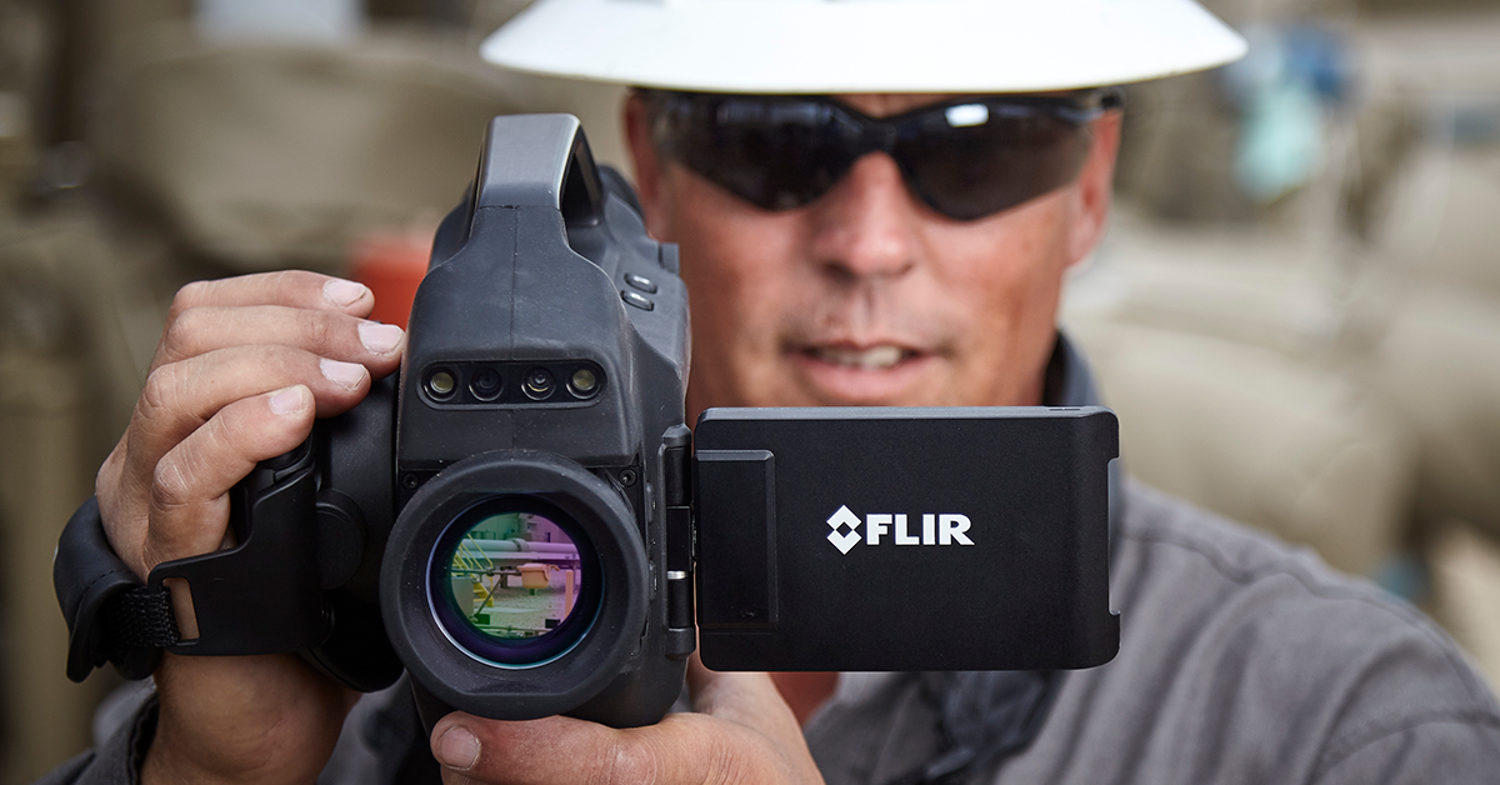NSPS OOOOa Leak Detection and Repair (LDAR) - Compressor Station Case Study


The US EPA's OOOOa regulation, which came into effect in 2017, imposes OGI LDAR monitoring at new and modified compressor stations across the country. Many of these facilities had no previous LDAR requirements and there has been significant speculation on what will be found during these monitoring events.
In this recorded webinar, FLIR Systems and Target Emission Services take a detailed look inside a compressor station LDAR program. The presentation uses actual case study data to explore the following questions:
Target Emission Services provides fugitive emission surveys for the natural gas industry (transmission, processing, storage and LNG). We specialize in using Optical Gas Imaging (OGI) to detect hydrocarbon leaks and vents for regulatory compliance. To learn more about Target Emission Services visit http://www.targetemission.com/
The first one was 0.67 ft3/min, which is large; the second one was small.
It’s not typical but it is an option. Fixed OGI is usable inside a compressor station (for example) and drones could be used for well pads.
You can use a tag or picture. Target Emission uses leak tags and takes pictures and videos.
Yes. FLIR offers this.
It takes 30 days to repair and 30 days to resurvey.
Approximately 20% of the leaks were quantified with a Hi-Flow Sampler to determine actual mass flow rate. The remining 80% were estimated based on the OGI video. Our technicians are quite accurate at estimating rates.
3000 to 4000 KB
On or around the compressor and on the valve caps. The most common was fuel gas systems.
The OGI camera cannot speciate the hydrocarbon gas composition or type. However, all the gas in these surveys was dry natural gas.
With OGI, the component is consider in the observation path that is defined. There is no requirement to create a component inventory in OOOOa. With OGI you rely on a defined observation path and an experienced technical that knows how to identify different streams and processes. Our technicians use a check-off system where each portion of the observation path is broken into sections. As each section is scanned that area is marked on the path.
Using temperature measurement in camera and anemometer. FLIR offers a chart for this online to meet OOOOa compliancy at various distances/wind speed.
Yes. FLIR has the G300a autonomous lead detection system.
A condensate tank vent would mainly be considered an intentional emission and not a leak (i.e. off-gassing of entrained gas in the condensate). However, some condensate tanks do have leaks from scrubber dump valves. We can test these valves with a VPAC to determine if there are leaks. However, for OOOOa this is not required.
We almost always use in HSM. Occasionally we record in a standard palette for ease in viewing.